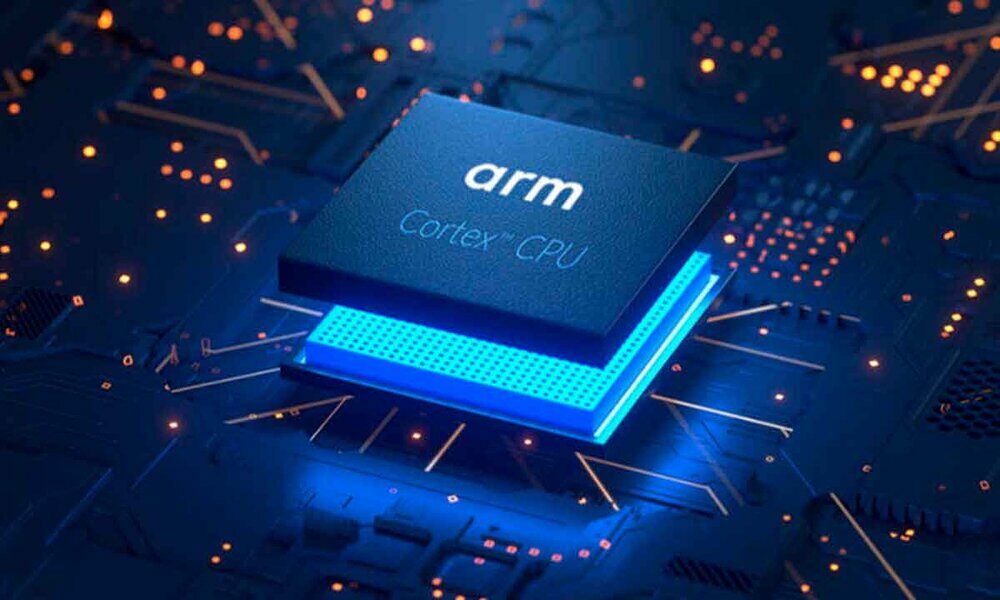
are coming Problems for device makers using ARM chips and designssince everything indicates that the company is going to raise the prices. And besides, it is possible that it does so in a remarkable way. Its parent company, Softbank, is going through certain financial difficulties, which has meant that it has been exploring for many months now how to get more economic performance from ARM.
He first put it up for sale, but regulators prevented Nvidia from buying it. Now he wants to take it public this year on the New York Stock Market. But to have any guarantee of success on the stock market, it has to show a solid income, and although ARM is behind the design of the chips in many devices, its chip licensing scheme brings in income that is not excessively high: around a few 500 million dollars each quarter. For this reason, the company wants to radically change its business model, according to the Financial Times.
The new plan that they intend to put in place for the licenses of the chips in ARM plans to raise the prices of its entire product portfolio, and charge “several times more” than it currently charges for chip licenses. Another twist of this plan seeks stop charging chip makers to make ARM chips to charge device makers a fee based on the final price of the device. Especially to smartphone manufacturers. What’s more, ARM may ask chipmakers like Qualcomm not to sell chips based on their designs to any maker that hasn’t previously signed a license agreement with ARM.
Currently, ARM would be negotiating the changes with its partners, and according to its plans its new prices and licensing system would go into effect in 2024. However, it seems logical that with companies that have contracts in force continue to maintain the old model for a few more years. Among the companies to which the details of this new model have already been communicated are MediaTek, Qualcomm, Unisoc, Xiaomi and Oppo. Apparently, the new agreements and the new licensing proposal have not been received very well, which at ARM has caused quite a bit of frustration.
As a consequence, for RISC-V the outlook looks quite encouraging. If ARM customers decide that its structure and pricing plans don’t suit them, they will slowly start to look at RISC-V in a better light. Until now, ARM is present in most portable devices, yes, except in computers, but RISC-V, being an emerging project that promises energy-efficient chips under an open royalty-free license system, can to make a leap in the medium term.
By now, ARM has a very large support ecosystem, with device design, a larger user base, and thousands of development tools. But if you raise the prices of your designs too much, and device manufacturers don’t want to pay to embed your chips into the devices they make, many may decide to abandon it and move to RISC-V.
In addition, due to its recent situation, in which it has been for sale and now seems to go public, it has become an unstable partner for other companies, since they need some stability in their partners to calmly plan their product lines to several years view.
On the other hand, in China they are also concerned about the influence of the United States on ARM, which has led Chinese companies to consider RISC-V very seriously as an alternative. In addition, ARM recently decided to sue one of its main partners over a licensing discrepancy, a sign that it is becoming increasingly difficult to collaborate with the company. Therefore, the situation in the medium term seems favorable for RISC-V, and less and less so for ARM.



